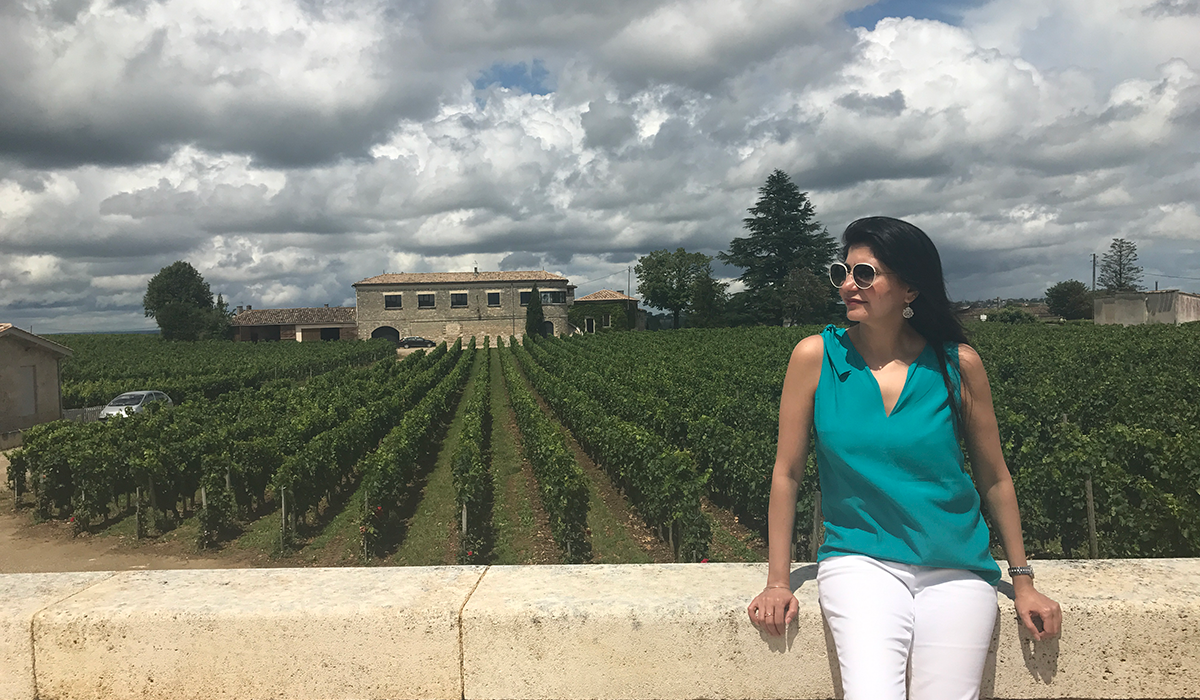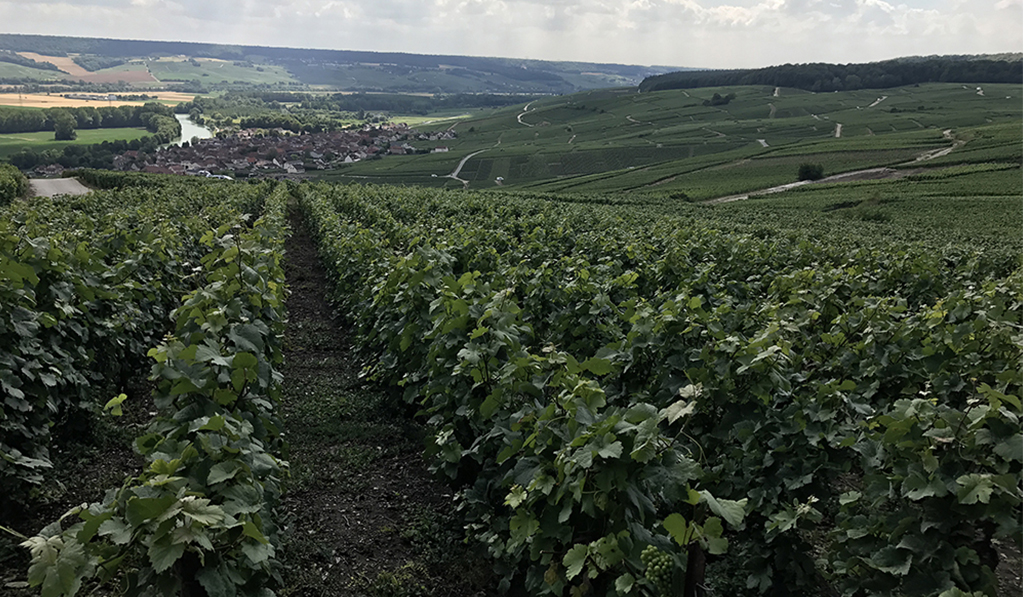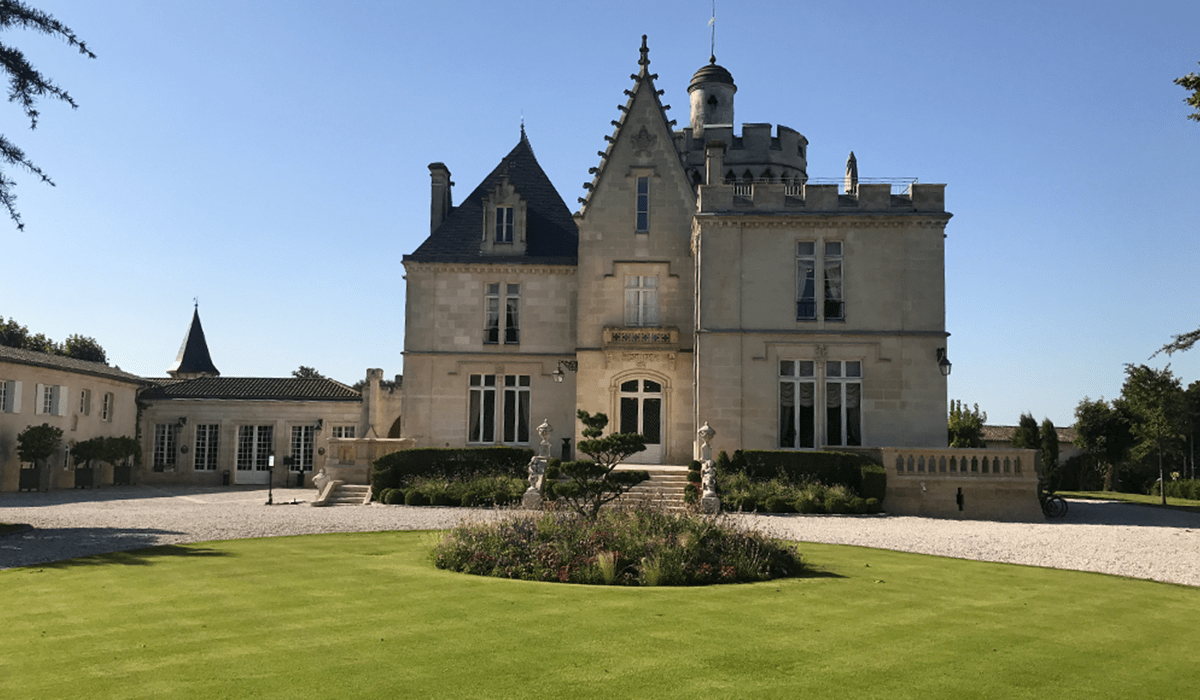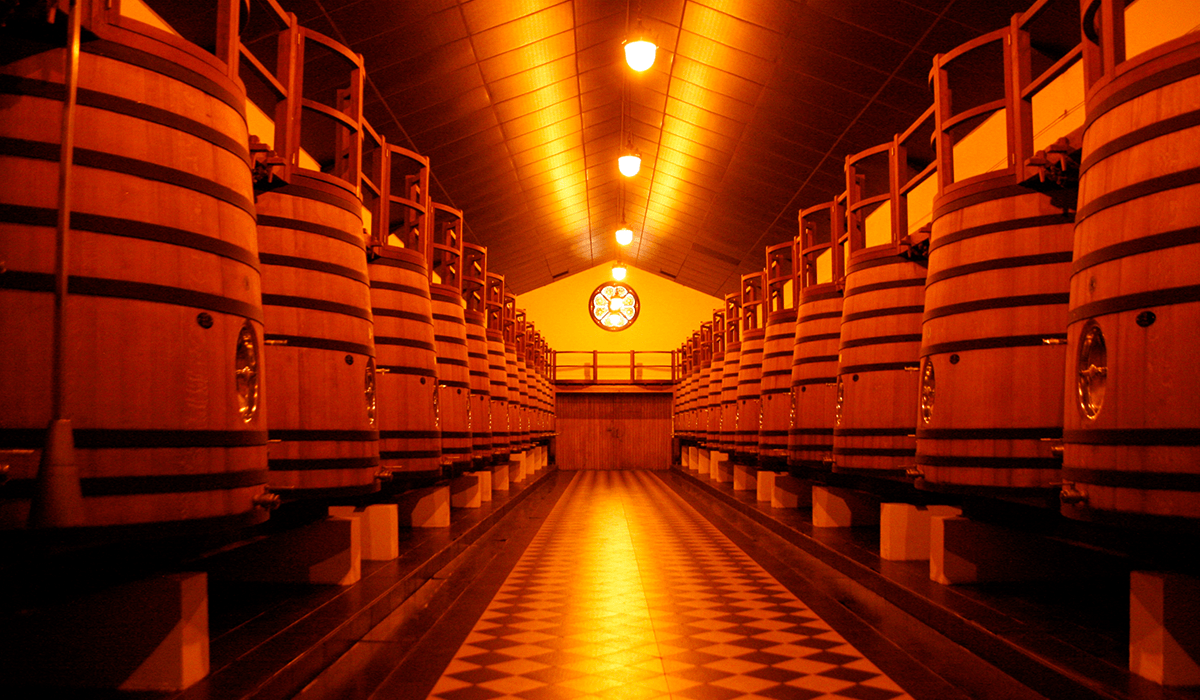
15 High facts from a wine connoisseur’s trip to Bordeaux!
1. History of the Red Wine dominated regions - The 1855 wine classification of Bordeaux - Basis Napoleon III’s request, Bordeaux introduced the concept of classification in 1855 to list the masterpieces of French wine - the best in class, basis their heritage, quality, wine growing and making and the price it commands. This classification comprising of 61 wine estates (or classified growths) or crus (cru means a village or wines belonging to a specific terroir) classified into a
hierarchy of five starting with the Premier Cru going upto the Fifth Growth Crus and it now serves as an expression of quality and prestige worldwide.
2. Pessac is where wines were first grown and made in the Bordeaux region before going up to Medoc and across the right bank of the river to Saint Emilion village.
3. Medoc Wine Route – Enjoy this breathtaking experience driving up 45 minutes from Bordeaux
city centre to the Medoc region, the left bank of the Gironde river. It is the most stunning and mind-blowing drive with miles and miles of vineyards and centuries old Chateaux lined along the vineyards! The route is called the ‘wine route’ and is a ‘MUST-DO’ drive in Bordeaux.
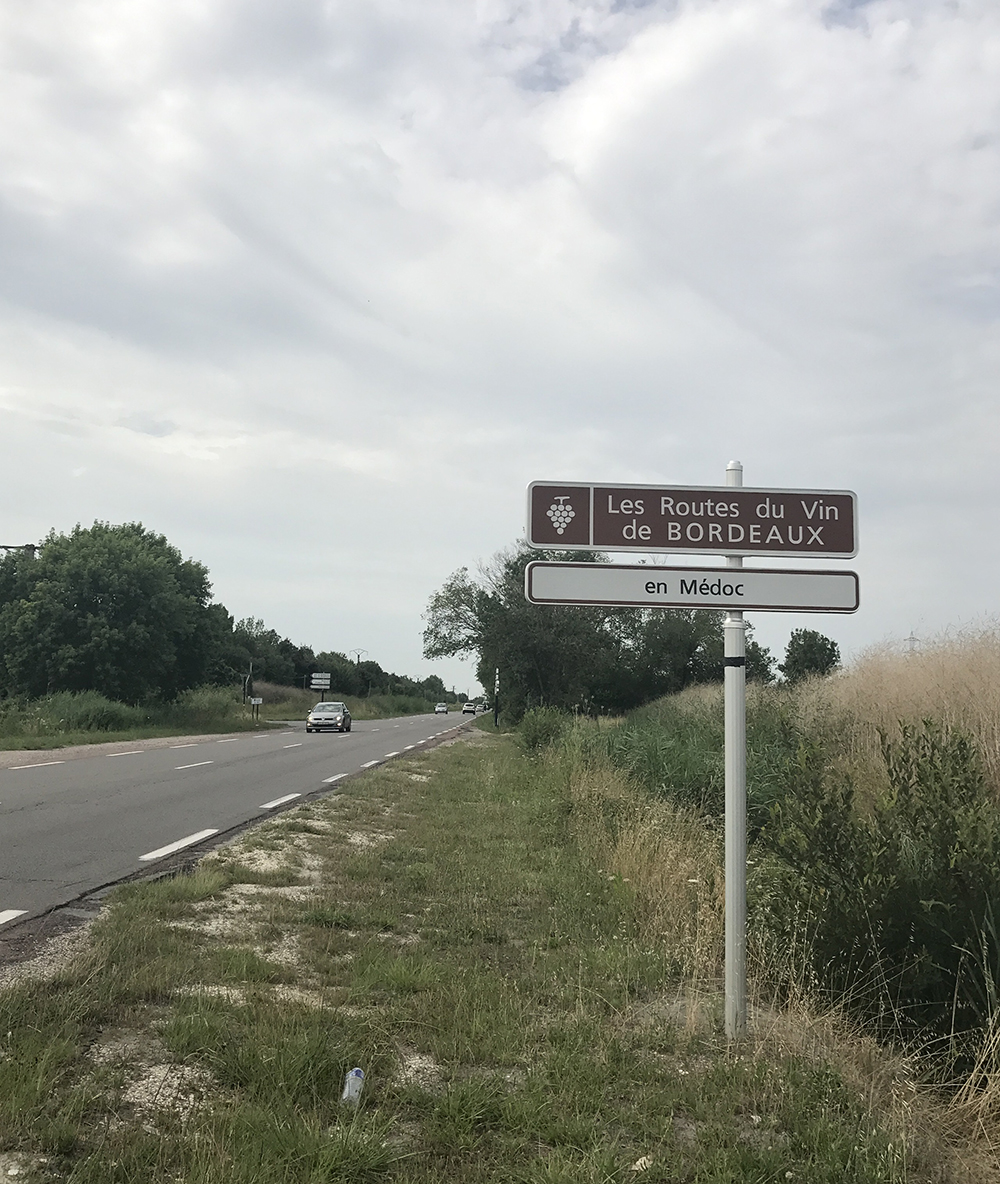

4. The Medoc region is home to 16,500 hectares of vines, producing some of the best wines in the world. The relatively warm and humid climate of the Medoc, with its regular sunshine, benefits from a microclimate, essential for crafting of great wine vintages. Medoc soil is usually gravel, clay and limestone and most suited to bring out the best in Cabernet Sauvignon grape variety. The wines of Medoc are blends of Cabernet Sauvignon (being the predominant grape variety), Cabernet Franc and Merlot. Therefore, the wines from this region are rich in tannins and spiciness combined with the remarkable finesse and complexity of Cabernet Sauvignon, which also offers incomparable cellaring and ageing potential.
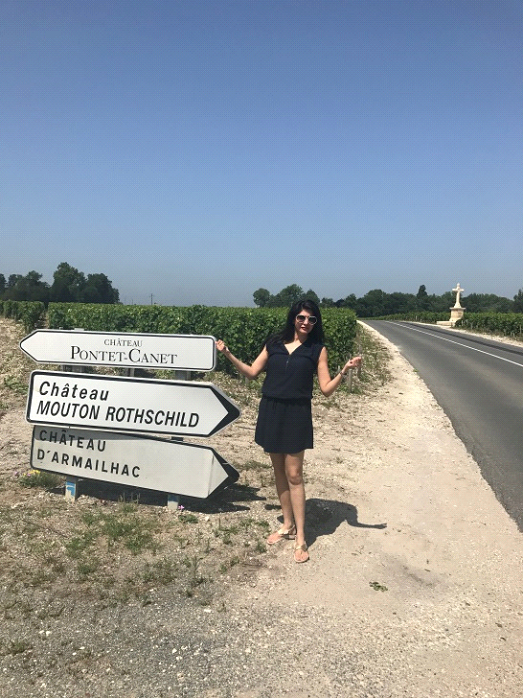
5. Saint Emilion - 40 mins drive from Bordeaux centre towards the right bank is the stunning, ancient medieval village of Saint Emilion. It is the only vineyard site in the world to be part of the UNESCO heritage program. Saint Emilion, formerly known as Ascumbas and then renamed after a monk from the 8th century, is a village full of history. The Romans invested in the local terroir of Saint Emilion since the 2nd century and planted the first vines.

The grape varieties used in Saint Emilion are predominantly Merlot with a blend of Cabernet Sauvignon and Cabernet Franc. Merlot lends the roundness, fruity and the mellowness to the wines of this region and grows best in the less gravelly soil of Saint Emilion.

St. Emilion Classification – St. Emilion started its own classification in 1954 and the list is reviewed
every ten years and comprises of Premier Grand Cru Classe A, Premier Grand Cru Classe B and Grand Cru Classe estates.


6. Chateau Pape-Clement, a beautiful Chateau in Pessac, historically owned by Betrand de Goth before he became Pope Clement V in 1305 (Yes, that’s right!), is one of the oldest wine estates in Bordeaux with harvests dating back to 1252!
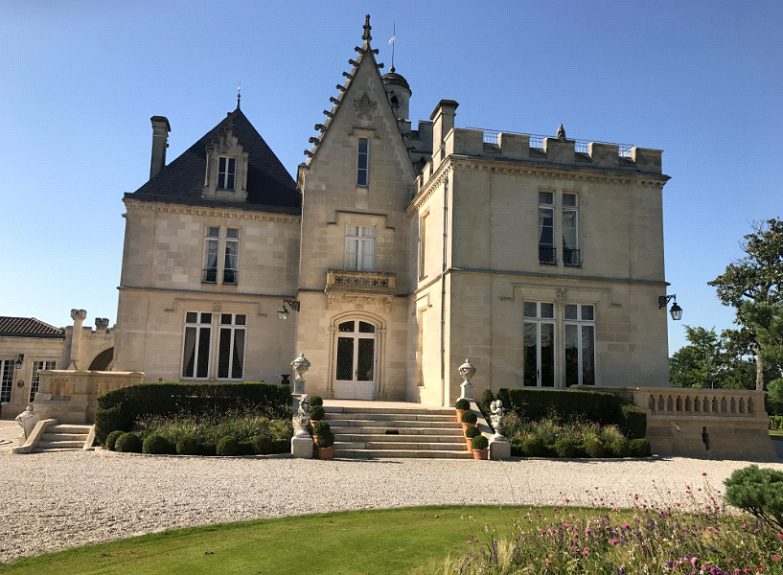

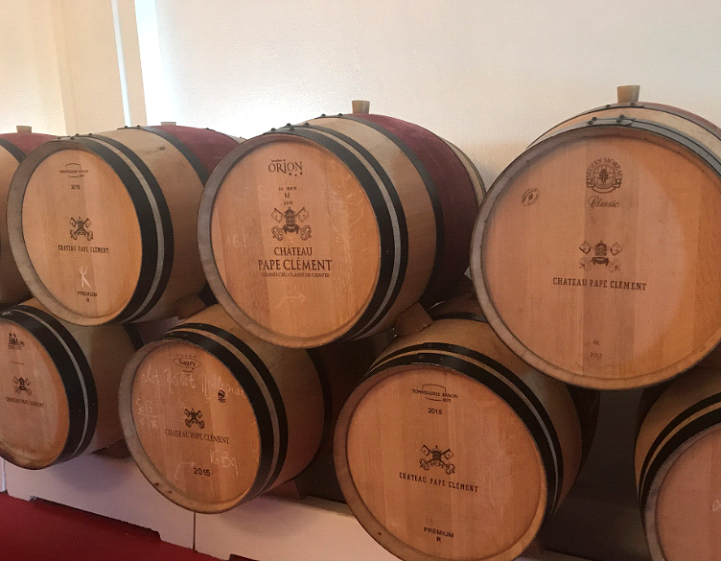
7. Chateau Haut-Brion, in existence since 1533, is the only non-Medoc Chateau to be part of the Premier Grand Cru Classification of 1855. Haut-Brion makes its own barrels using French oak. The current owner of Haut Brion is the Prince Robert of Luxembourg!
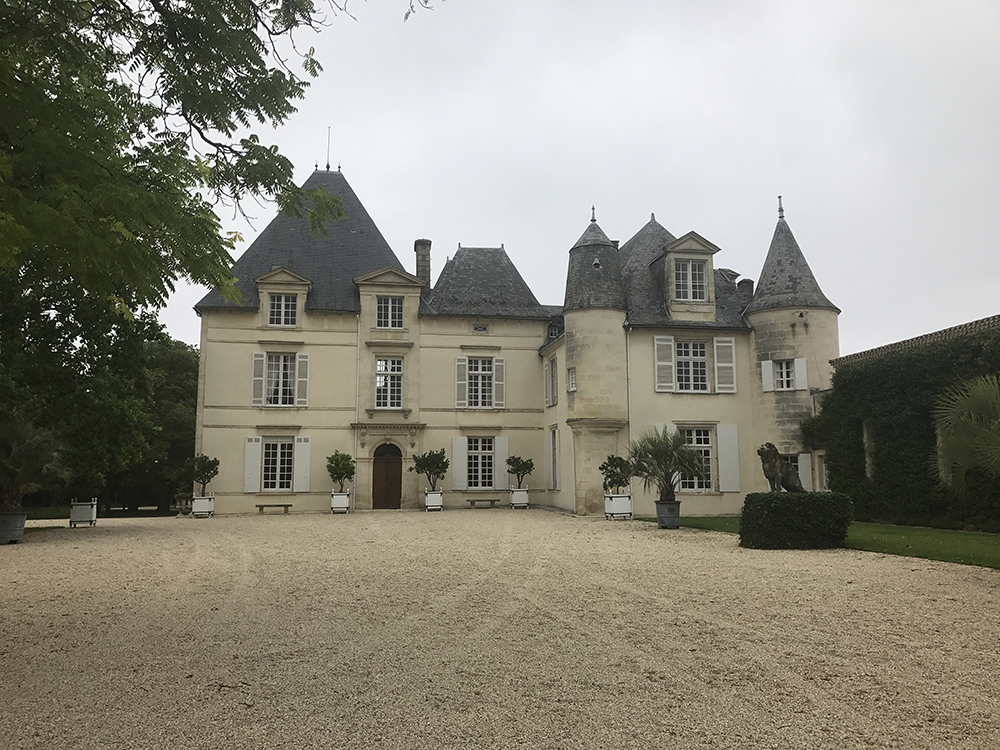
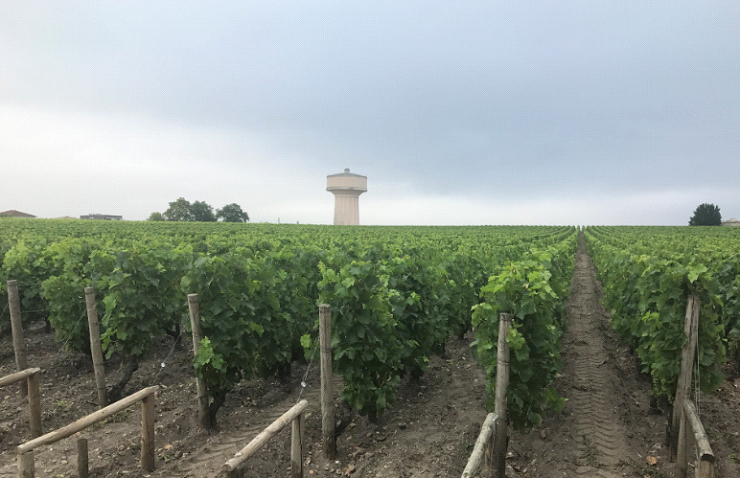
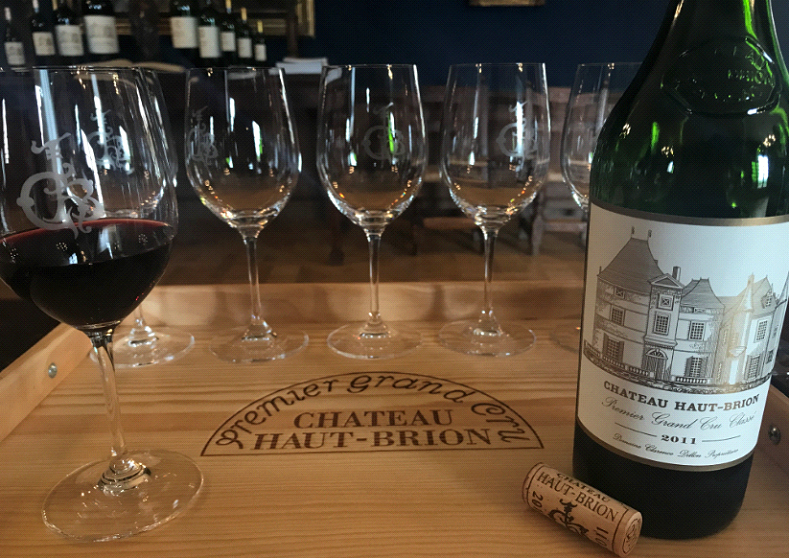
8. Northern Medoc area of Pauillac houses the Fifth Grand Cru Classified Chateau Pontet Canet. Pontet Canet, in existence since 1705, has its own certified organic and biodynamic methods of viticulture. The average age of the vines at Pontet Canet is 45 years!

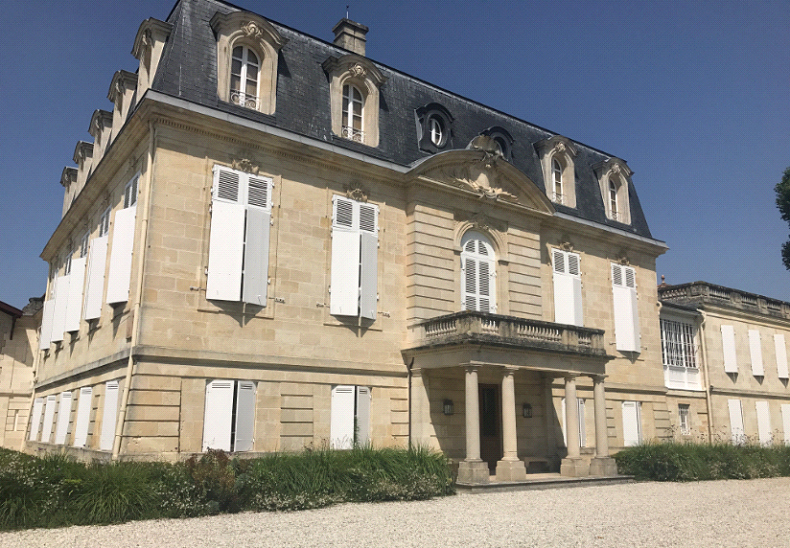

9. Chateau Mouton Rothschild one of the five Premier Grand Cru 1855 Classified Chateau (since 1973) is part of the Rothschild empire. Baron Philippe de Rothschild and Baroness Philippine believed that wine making is truly an art. The most fascinating fact about Mouton Rothschild is that each vintage label is designed by an internationally renowned artist since 1945 - including Picasso (1973), Dali (1958), Andy Warhol (1975), the Indian artist Anish Kapoor (2009) and even Prince Charles (2004)!

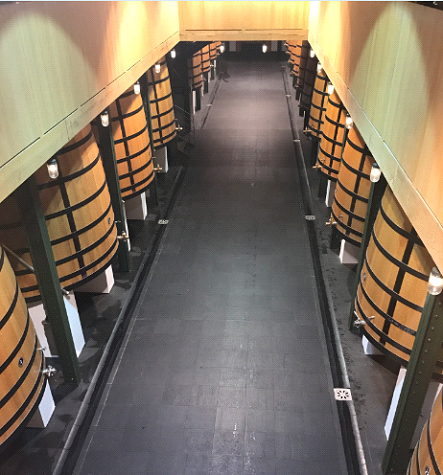
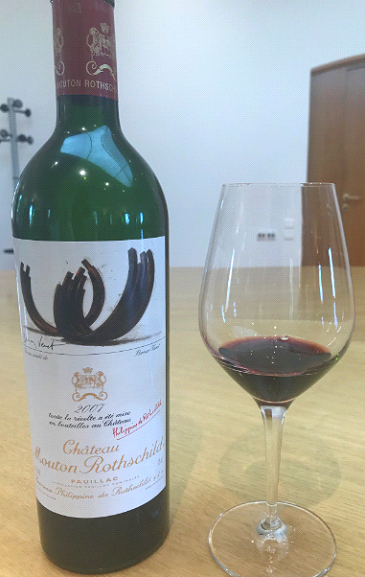
10. Stand still in time as the Chateau Pichon Baron Longueville takes your breath away! Founded in 17th century, Chateau Pichon Baron was given the shape of the charming, romantic and imposing Renaissance style in 1851 and is stunning! The Chateau, classified as a Second Grand Cru Classe under the 1855 Grand Cru Classification, was bought over by the AXA insurance company in 1987. They are probably the only ones to have underground blending tanks at their facility.


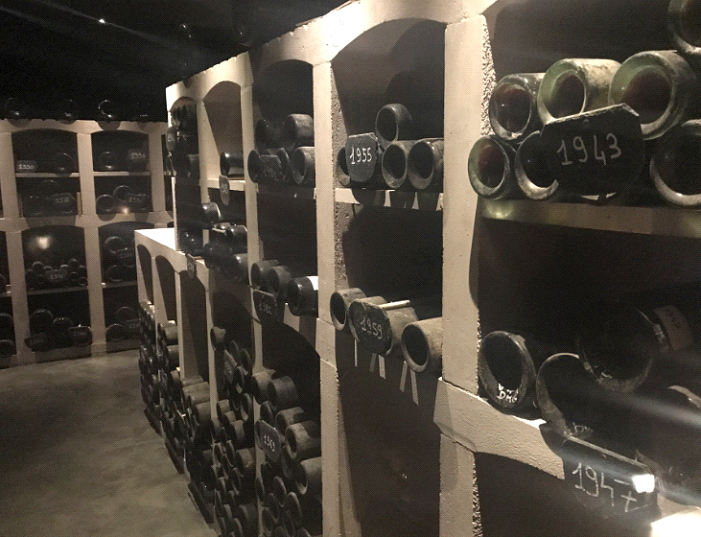
11. Chateau D’Agassac,built in 13th century, is one of the favourites in wine tourism and lends itself for weddings and why not! It is so fairy-tale looking!
Did you know that Mr. Richier in 1841, the then owner of Chateau D’Agassac, started the process of tying vines to wires for a more organised growing and management.
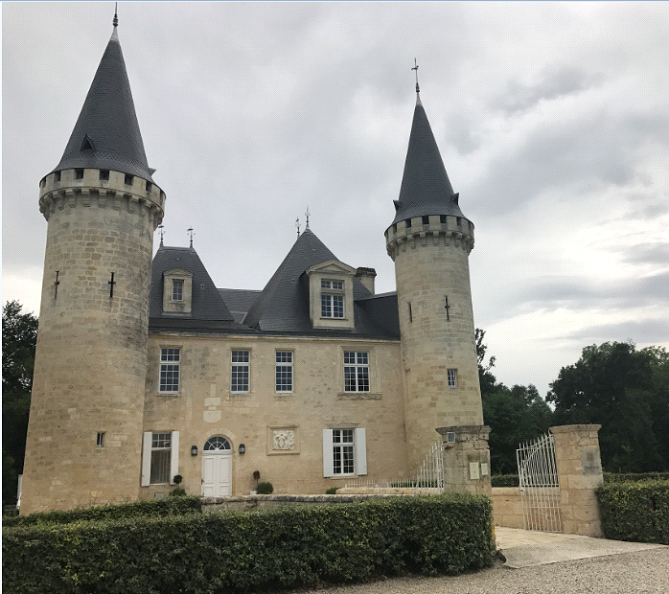
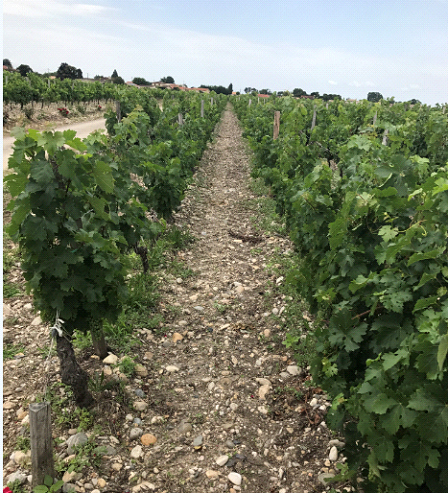
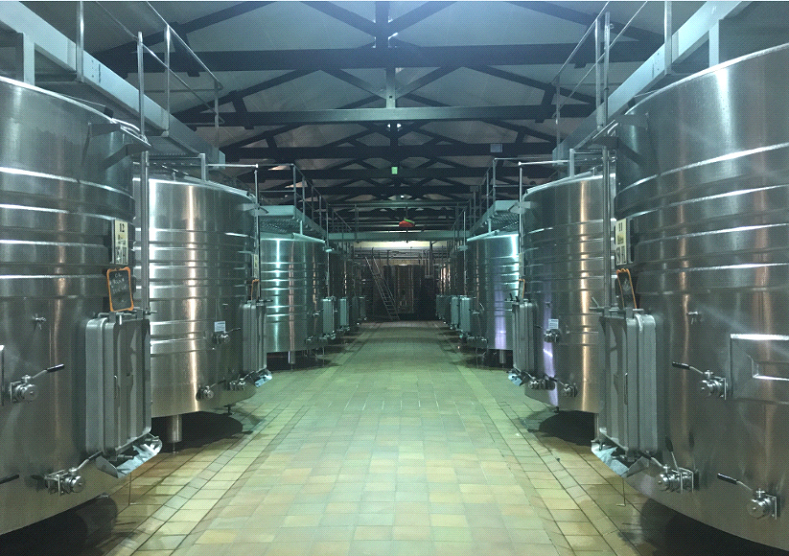
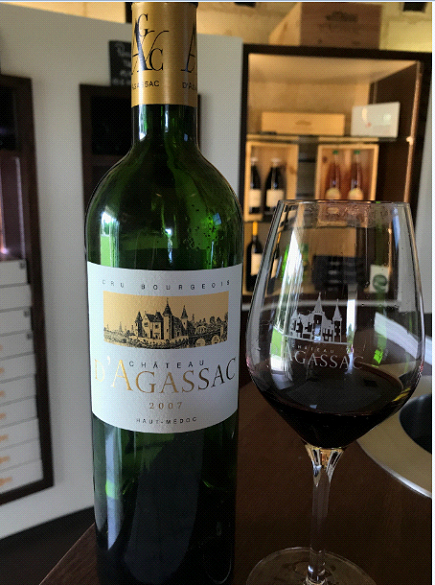
12. Did you know how different soil affects the aroma and flavour of the wine?
For eg: a more gravelly soil will give characteristics of pepper, coffee and spices like star anise. A mix of gravel and sandy soil will give more fruitiness to the wine and berry like qualities. A more sandy soil will give the delicate floral-like attributes to the wine.
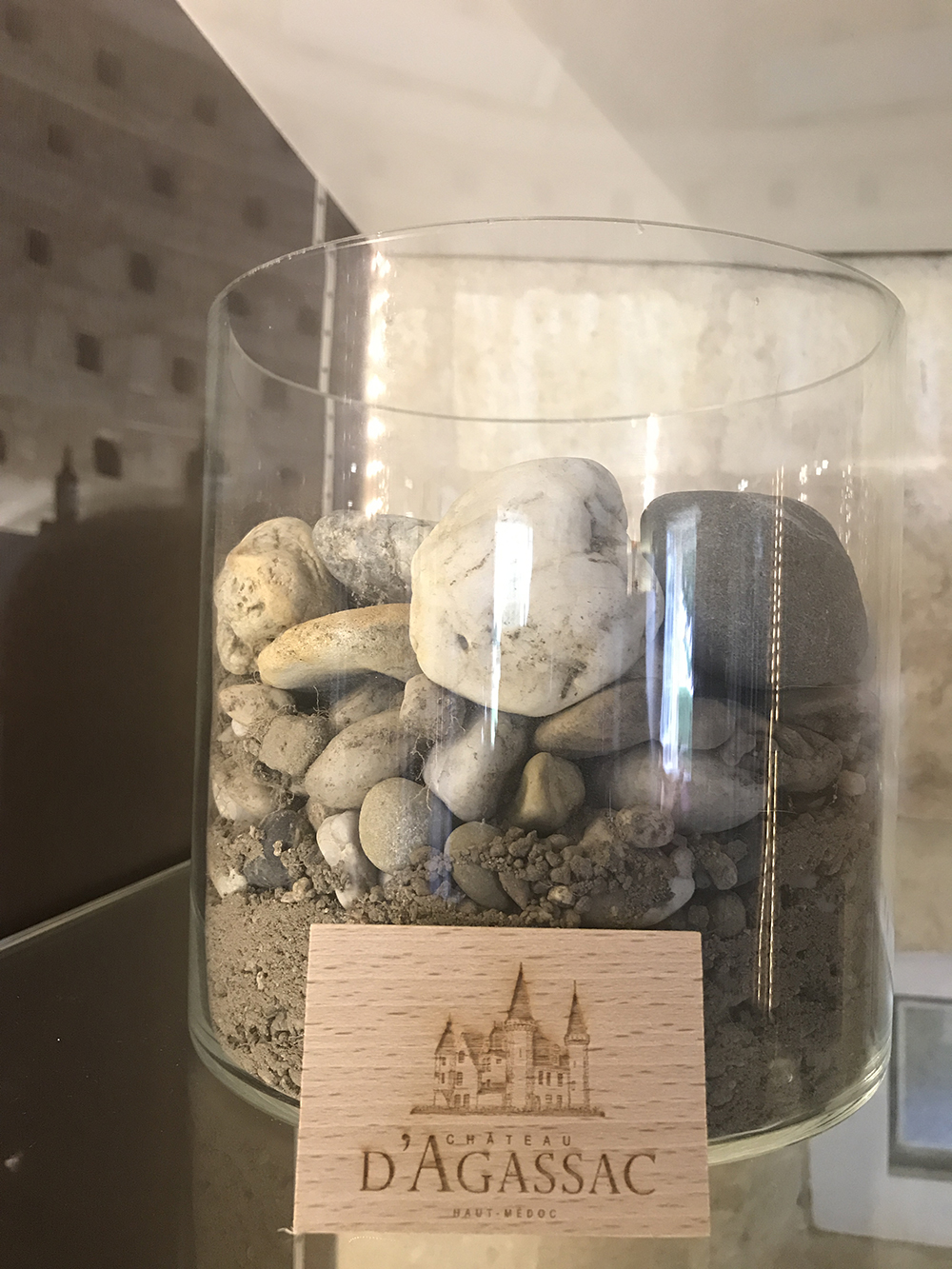
13. Chateau Beau Sejour Becot, a Grand Cru Classe ‘B’ as per the St. Emilion Classification. It is still run by the family Becot so there was a lot of pride in which the maison in charge shared their wine making techniques and showed us around some of the oldest vintages from 1927 preserved by the family in their cave cellars.
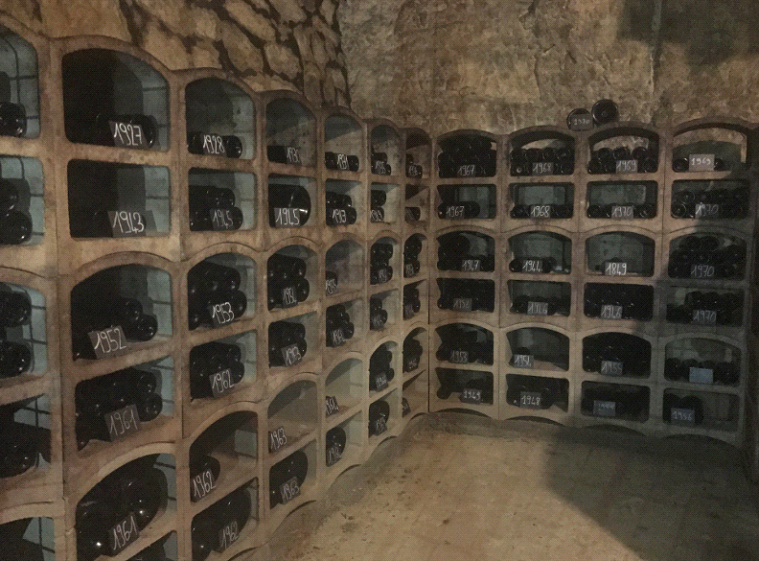

14. The LVMH (Moet Hennessy Louis Vuitton) group owned St. Emilion Grand Cru Classe ‘A’ Chateau Cheval Blanc – a formidable name in French wine world, is an absolute privilege to get access into, which I was lucky enough to, but is not otherwise open to public. Cheval Blanc has introduced very advanced technological procedures and fine attention to detail for growing, fermenting and bottling their wine and has neatly segregated and labelled their wines by type of grape and age of the vine. Here you get to see vines from 1920!
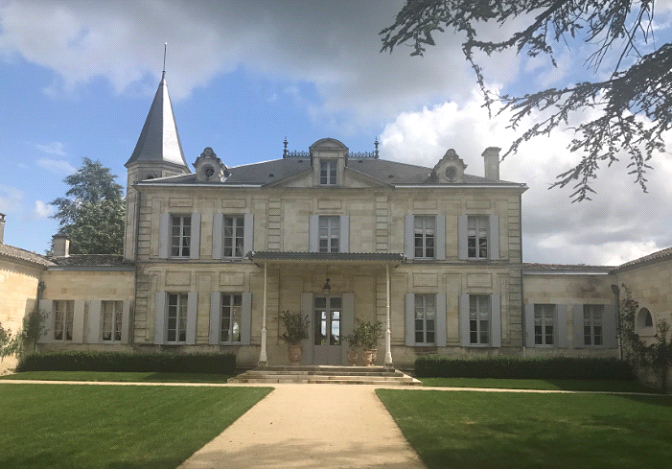

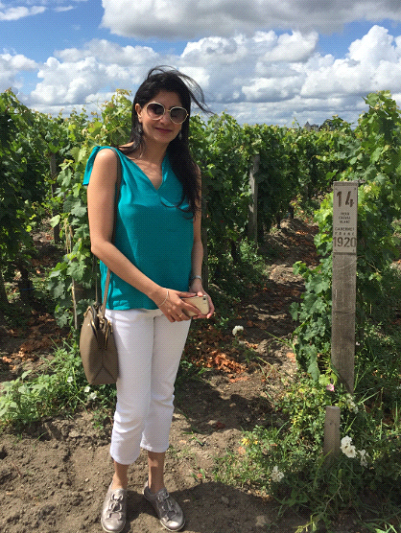
15. Did you know that the Grand Cru Chateau of Bordeaux recommend an ageing of atleast 10-15 years before opening their wine bottle!
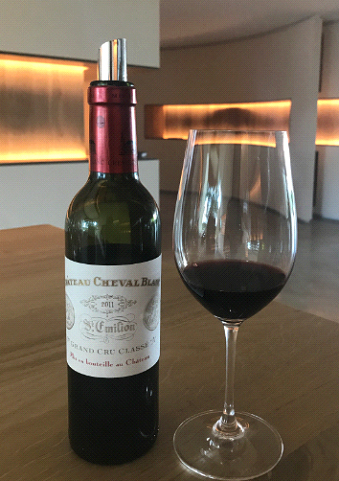
Note: All rights reserved.
All content and pictures are original basis the visits by the author and cannot be reproduced in any form without the written permission of the author.
Write to contact@manmeetvohra.com for further communication.
Photo credits: Afsha Khalfay
